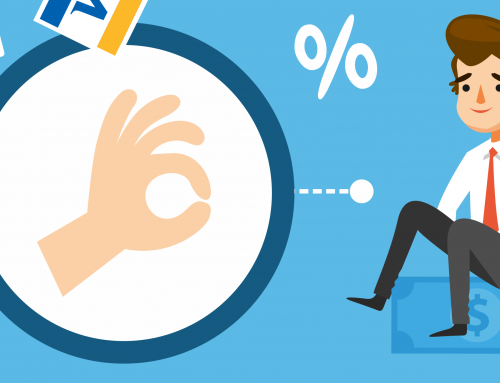 Financial Security
Financial Security
There are many factors that contribute to a stress-filled, cluttered mind, and money problems are easily the most important of these factors, and today we’re going to talk about the steps you can take to establish financial security.
Why should you strive for financial security? Let’s begin with the obvious – it comes from knowing that you have enough cash to cover the unexpected, such as urgent work on a damaged vehicle or home. Knowing you’ve got any financial situation covered is a good mental place to be.
If you haven’t yet lived through an incident that leaves you frantically wondering how you’ll ever solve the problem you’re facing, don’t wait for the experience to occur. You really will regret it. Here are a few (somewhat) simple steps to take to ensure financial security:
Step #1 – You Need A Budget
This is not debatable. Unless you were born to billionaire parents, you must make yourself a budget in order to make sure your money is distributed to the right places. It also bears mentioning that a budget is also the best way to live 30% below your means in order to sock away more money.
Need incentive to set up a budget? Find a compound interest calculator online and drop 30% of your present income and see how much money that will bring you in 25 years. You’ll be quite surprised.
Step #2 – Track Your Spending
If you’re already budgeting, that’s great. But guess what – you can always do better. This is why you should track your spending and you’d be amazed at how much additional money you can dig up.
There are a number of apps for both iPhone and Android that will help you with on-the-spot tracking.
Step #3 – Look Ahead
Larger financial goals take a longer time to accomplish and this is where your financial security hinges on the concept of reverse engineering.
If you’re not familiar with reverse engineering, it’s the practice of starting from the end point (example; you bought a house) and working backwards, setting up the steps that led to the home’s purchase.
So if your goal is to accomplish the purchase of a home within the next five years, you need to go backwards and see what steps you need to take to get the money together.
This will help you make decisions such as whether or not to work a part-time job or increase the amount of money you put into your savings.
Step #4 – Consider All Options
On the topic of houses, which will likely be your largest expense ever, you might want to consider alternatives. For example, there’s a tiny house movement afoot and these homes can be a cozy 400 to 500 square feet and many people are finding this to be adequate.
These tiny homes can be as inexpensive as $30K versus the average Canadian house price of $400K. This could make a critical difference in your financial future and allow you to own your own home with minimal debt or no debt at all.
Step #5 – Diversify
Just as physicians insist that you eat a diverse medley of foods to ensure your health, the same can be said for your finances. You never know when something might go wrong with one of your assets (example; you have a stock that is under-performing), so in cases like these, you want to make sure that you have assets that can counter-balance the ones that aren’t performing like they should.
In short – financial management merely boils down to careful planning and paying close attention to how these plans may change along the way.



